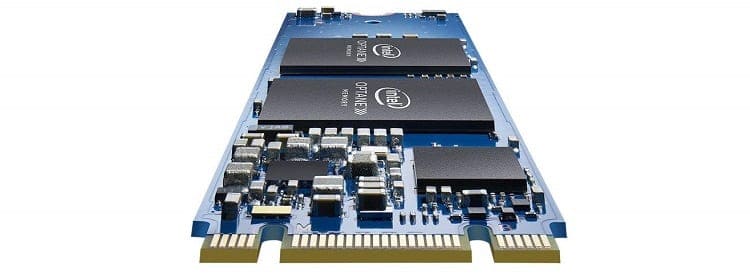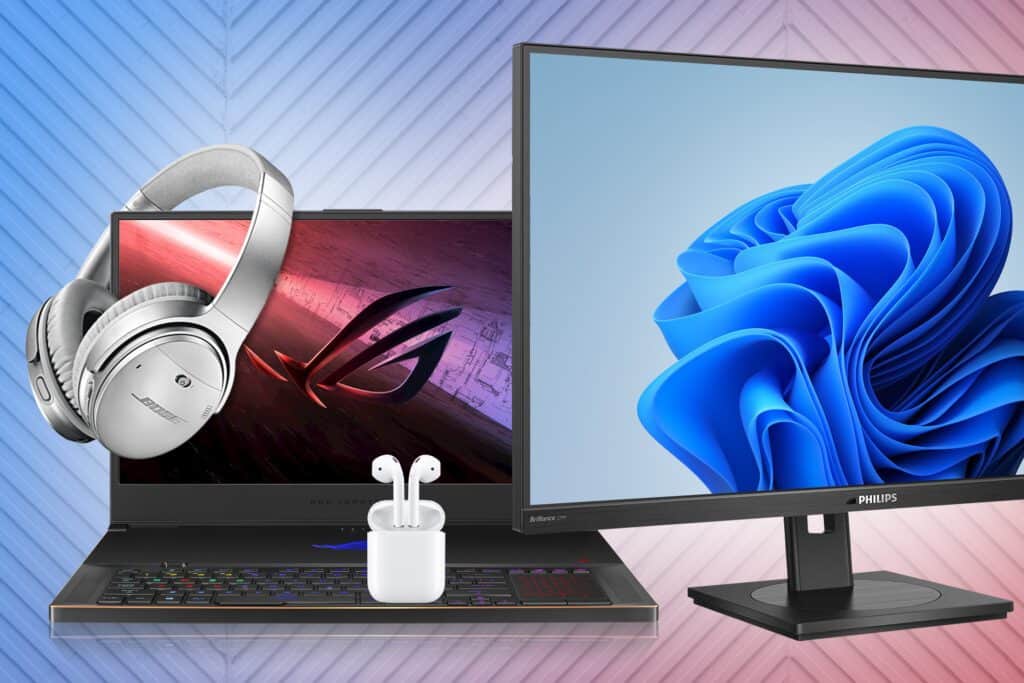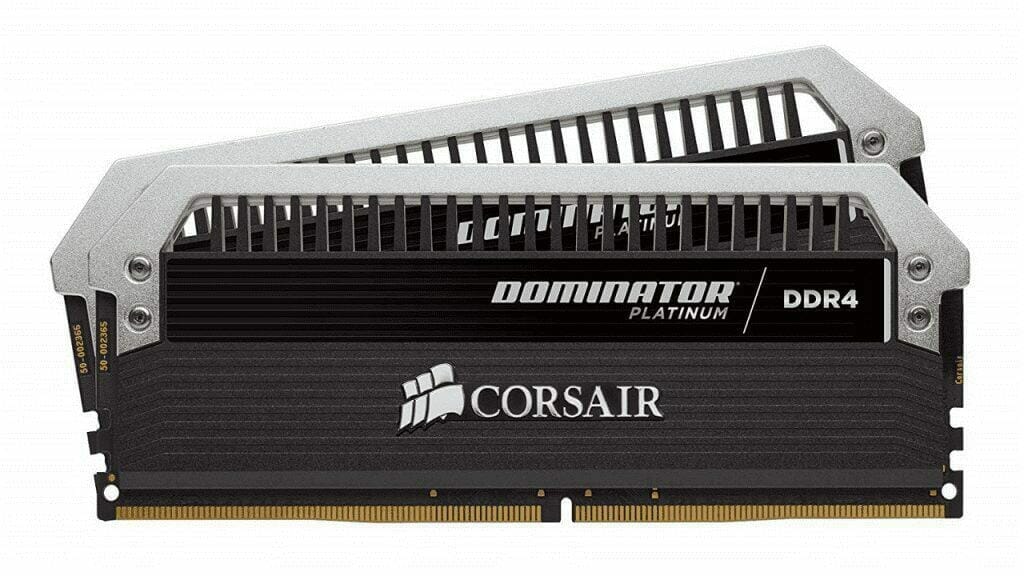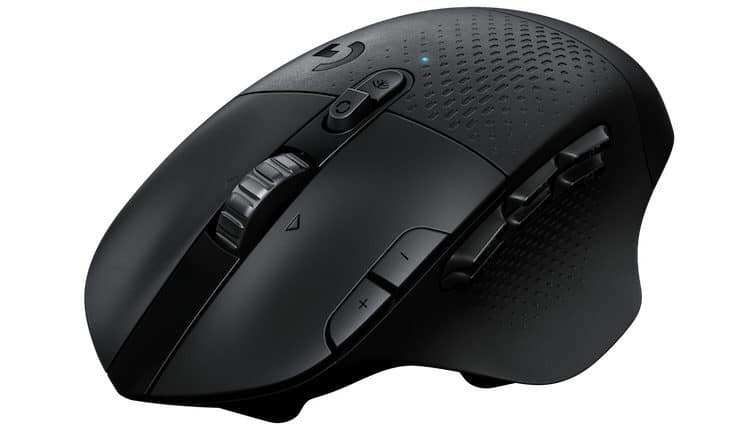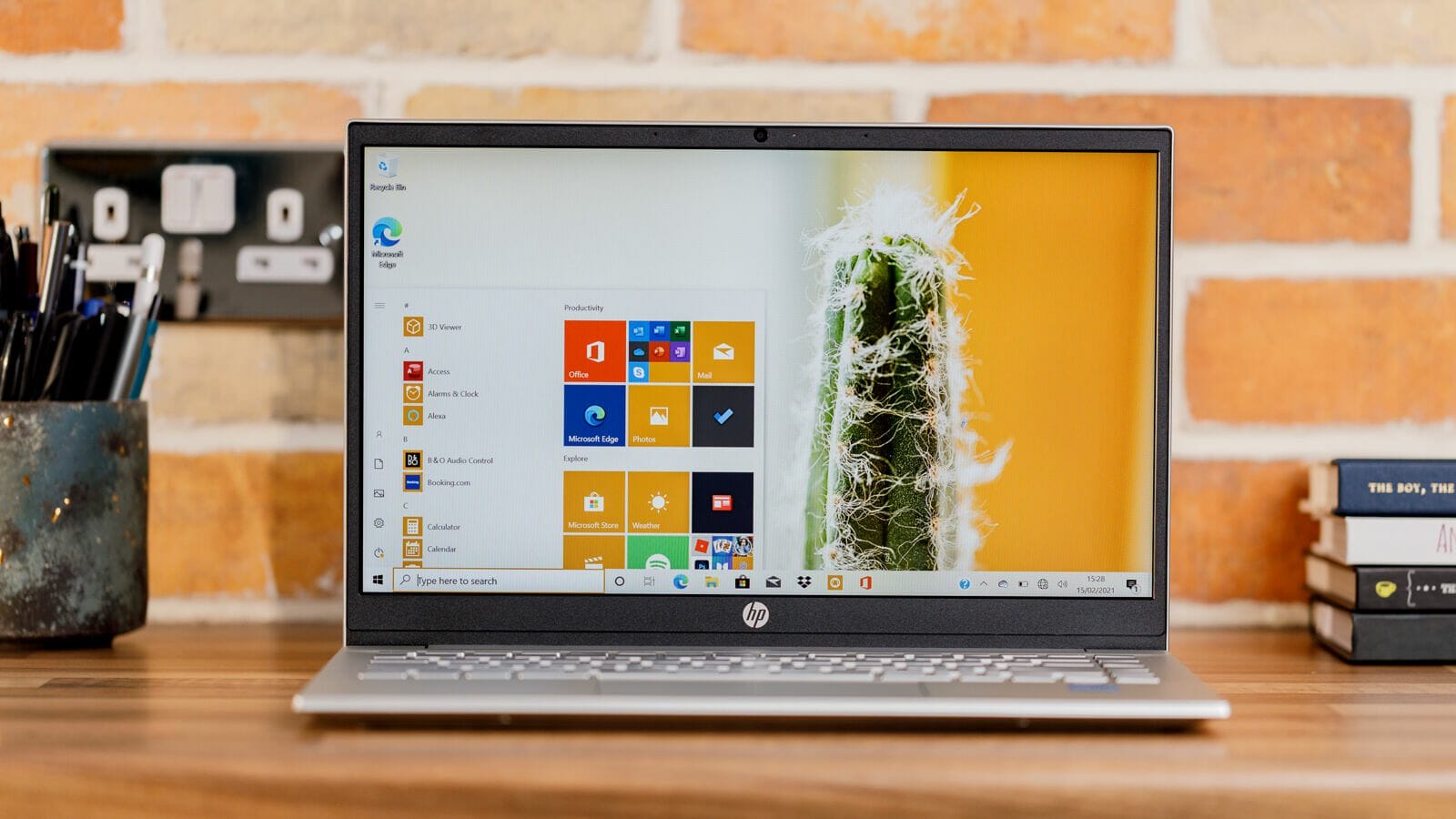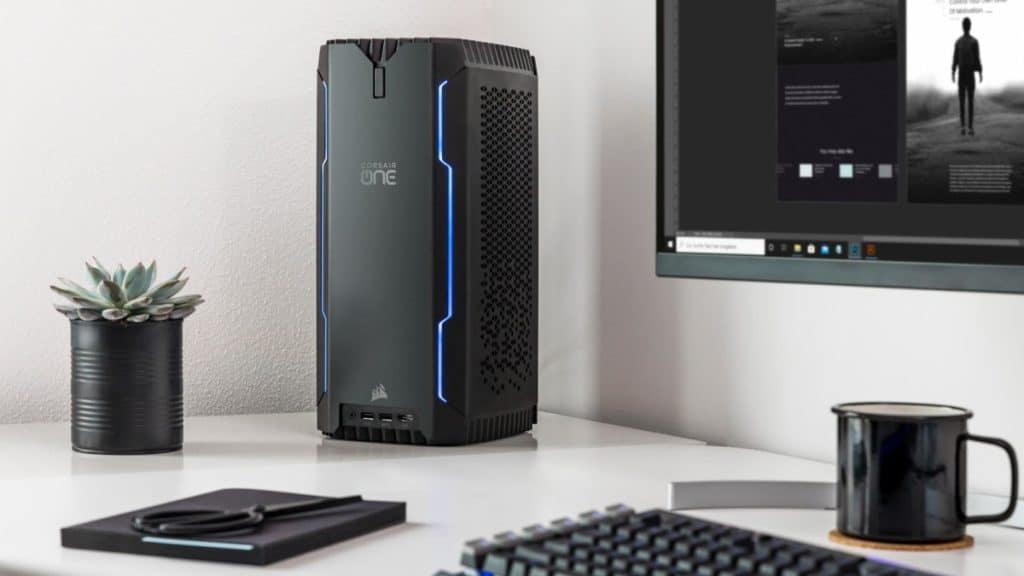As the market demands for ever-faster computers, Intel is constantly working behind the scenes to deliver new technologies that will not only benefit the latest gadgets, but also breathe new life into older systems as well. In doing that, they will make some extra cash out of enthusiast and corporate customers, and of course of the much-sough upgrades. One of the company’s latest interventions is the branded Optane Memory, which was launched alongside the seventh generation processors.
Most of us will first experience Optane memory in its module form, maybe in a laptop or desktop, where Intel positions it to deliver expensive, SSD-like speed and responsiveness, especially those systems equipped with slower (but cheaper) spinning HDDs.
For now, Optane as a new technology is a bit confusing, both on implementation and requirements. Here we explain Optane as a technology right now…and what it might become in future.
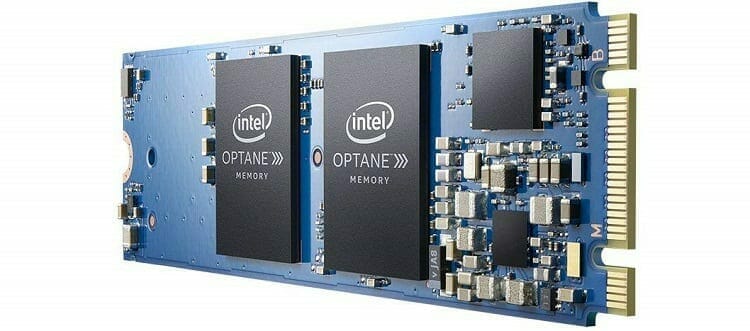
What is Optane memory?
Optane memory is a new class of hyper-fast memory modules designed to improve boot times and accelerate system performance on desktop PCs and laptops. At first, it was launched as a memory module designed to provide an additional data cache between CPUs and storage devices including spinning hard drives. In recent days, we’ve seen the release of Optane-based solid state drives (SSDs) with better performance scores.
Now, the name Optane is trademarked by Intel to refer to the memory itself, though not an individual format, though it is being marketed in a specialized M.2 card, that is compatible with supported motherboards that use Intel 7th-generation Core processors (i3, i5, and i7 chips in the 7XXX series) and also the latest 8th-generation Core processors (i3, i5, and i7 chips in the 8XXX series).
What Optane Memory Isn’t
Optane memory is not a type of random-access memory (RAM) for computers. And, it isn’t a new type of conventional storage – at least not at the consumer level, and not yet. Instead, the consumer-level M.2 Optane modules being sold in 16GB and 32GB capacities are designed to function as a cache memory bridge between RAM and storage.
What this does, is that it allows for faster data transfer between a computer’s memory, storage and processor. As a result, end users get accelerated operation especially when paired with caching software that obscurely stores relevant data on the Optane drive for near-instant retrieval.
How Optane Memory Works
By combining a new kind of memory media (3D XPoint), with an advanced memory management software mentioned earlier, like Intel Rapid Storage Technology (RST), it effectively merges a PC’s memory and storage into what Intel considers a single, virtual drive.
This combination significantly improves the system’s overall speed, meaning you can boot faster, launch apps and programs quickly, and find or save files instantly. For supported motherboards, the chip offers improved consumer experience as compared to conventional spinning hard drives. While it benefits even systems with already-faster SSDs, its speedy capabilities will be most noticeable to consumers using traditional spinning HDDs.
More: The 10 Best Laptops for College Students
Can Optane Memory be Used Instead of DRAM or an SSD Drive?
Simply no. The Optane memory modules being sold around (16GB and 32GB capacities) can’t function as your computer’s primary memory, neither will they replace a full storage drive.
Benefits of Optane memory
The biggest advantage of using Optane memory must be its non-volatile nature, meaning that its data isn’t lost when the system shuts down, which is the case with traditional DRAM. As such, Optane memory is a good choice for accelerating the boot-up process by making available the launch data once the system is powered up.
Similarly, app data for different programs is readily available, so they start faster, too. And, since Optane memory adapts to how you use your system, it learns the curve for your frequent programs and puts relevant data at the front of the queue.
Other benefits of Optane memory:
- It is by far a cheaper alternative to dual-drive systems that include both small SSDs and a larger hard drive for mass storage
- Readily accelerates both initial boot times and speeds up launch of individual programs, can even pre-fetch content from your favorite websites
- Speeds access to specific data stored within large volumes (now gamers with over 5TB drives won’t waste time waiting for 6-10GB game data to be located
 Optane Memory for Business Users
Optane Memory for Business Users
For everyday users, Optane memory offers the benefit of faster boot times. For business users, (whether home, SMD or enterprise), Optane memory offers lots of benefits including:
- Speedy performance on operations: Optane memory accelerates the launch of all tasks like web browsing, email readers, virtual meeting software, spreadsheet launch, slide presentations and all other business applications on your business desktop or laptop. For offices where efficiency is important, this means greater productivity and customer satisfaction.
- Business cost savings: For large offices, deploying new systems with the latest SSDs is very expensive, but with Optane memory it means less expensive HDD systems get SSD-like performance. This is a big save for the organization as Optane-equipped systems in the markets don’t cost as much as SSD-equipped PCs.
Optane Memory for Gamers
Gamers always want the fastest and most responsive systems possible, not only competitive playability but also for rendering the most complex graphics, on-game messaging and sometimes video chat. Plus, gamers need bigger drives in excess of 25GB to store and install their games, meaning their drives should be around 1TB for more games.
In the past, gamers on a budget had to sacrifice storage for snappy SSDs, but with Optane memory they can have their cake and eat it. Now at any budget, you can build a system with high storage capacity in way of less expensive HDDs that will be substantially accelerated by the Optane memory modules.
Also, since game engines ingest huge amounts of data, Optane’s memory cache can provide a larger data holding pool for smooth playability. And, since the memory is non-volatile, all your game-play data stored in Optane memory won’t be lost even when you shut down your machine.
Our Pick

